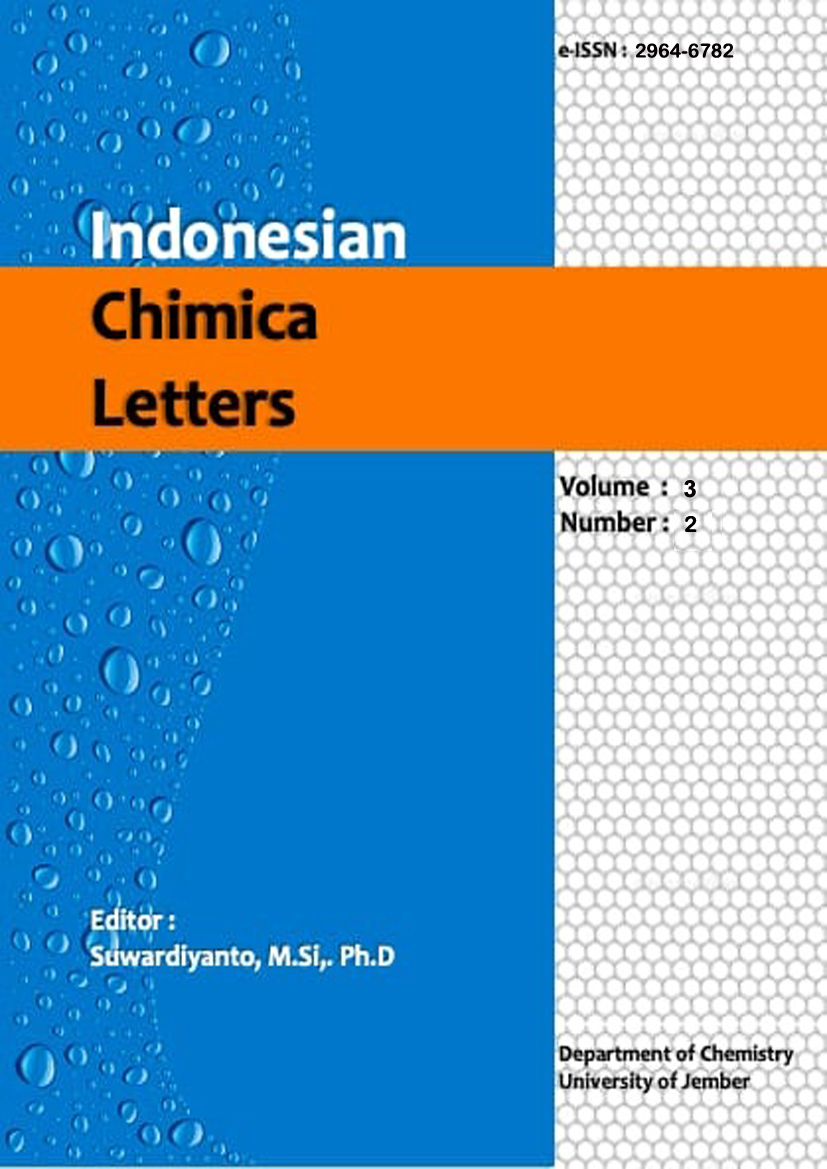Synthesis and Characterization of Glutaraldehyde-Crosslinked Chitosan for Urea Controlled Release
DOI:
https://doi.org/10.19184/icl.v3i2.4325Keywords:
Urea, chitosan, glutaraldehyde, crosslinkingAbstract
Urea exhibits high nitrogen content (∼46%), which is essential for plant growth. However, significant nitrogen losses occur through decomposition, leaching, denitrification, and volatilization. Employing controlled-release systems, such as chitosan membranes crosslinked with glutaraldehyde, can mitigate these losses and enhance fertilizer efficiency. Therefore, this study aimed to develop and characterize chitosan-glutaraldehyde membranes as controlled-release fertilizer systems for urea. Chitosan membranes were crosslinked with varying glutaraldehyde concentrations (0%, 0.4%, 0.9%, 1.3%, and 1.8%) and used to encapsulate urea. The membrane produced was characterized using FTIR and swelling degree assay. The potency of glutaraldehyde-crosslinked chitosan as a urea coating agent was also studied spectrophotometrically using the Nessler reagent. FTIR analysis revealed low intensity of the C=N stretching vibration, indicating limited crosslinking reaction. Additionally, both swelling degree and urea release increased proportionally with increasing glutaraldehyde concentration. These findings suggest limited crosslinking reactions occurred between glutaraldehyde and chitosan within the studied concentration range.



